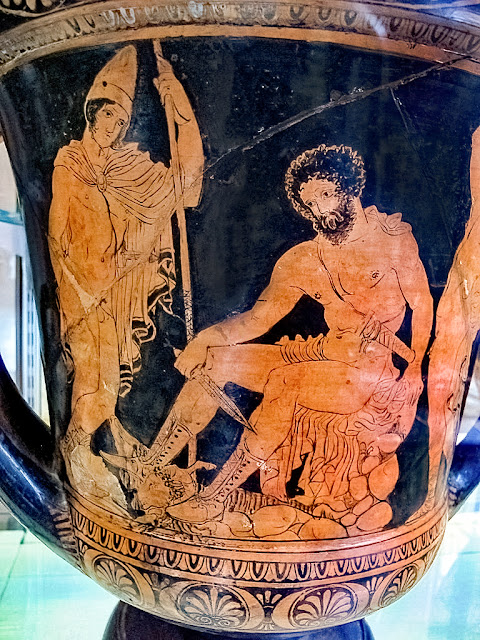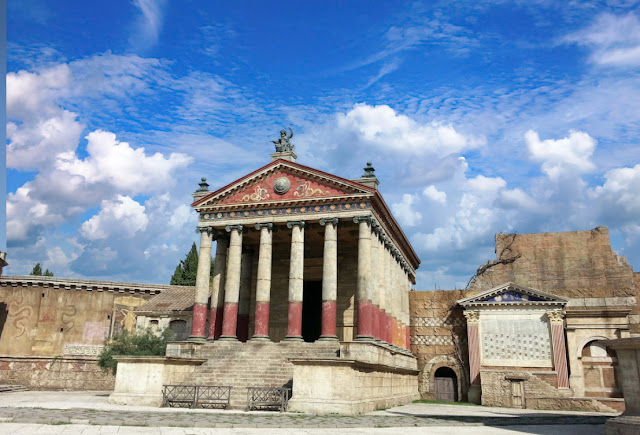The Muses

According to Pausanias, who wrote in the later second century CE, there were originally three Muses, worshipped on Mount Helicon in Boeotia: Aoide ("song" or "tune"), Melete ("practice" or "occasion"), and Mneme ("memory"). The earliest known records of the Muses come from Boeotia and some ancient authorities point to Thrace as the origin of this myth. Writing in the first century BCE, Diodorus Siculus claims Homer and Hesiod state there are actually nine Muses, though. According to Hesiod's account (c. 600 BCE), generally followed by most writers of antiquity, the Nine Muses were the nine daughters of Zeus and Mnemosyne (i.e., "Memory" personified), which represented personifications of knowledge and the arts, especially poetry, literature, dance and music. Ironically, Hesiod says the Muses brought to people forgetfulness, that is, the forgetfulness of pain and the cessation of obligations, though. For poet and ...









